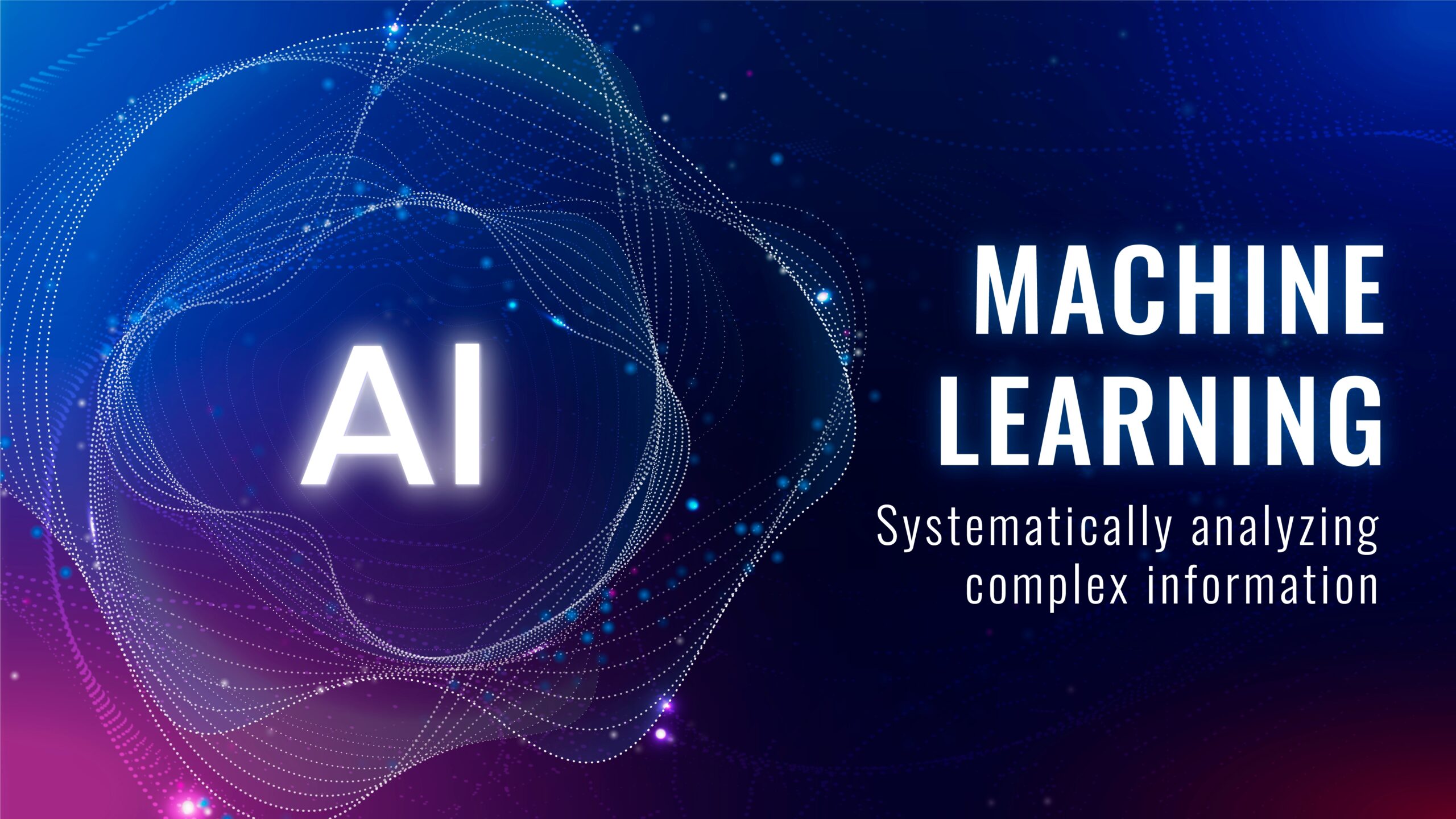Machine Learning (ML) is a subfield of artificial intelligence (AI) that focuses on the development of algorithms and models that allow computers to learn from data and make predictions or take actions without being explicitly programmed. ML algorithms are designed to automatically learn and improve from experience or patterns in data.
Machine Learning: Exploring the Fundamentals
Machine Learning (ML) is a subfield of artificial intelligence (AI) that focuses on the development of algorithms and models that enable computers to learn from data and make predictions or take actions without being explicitly programmed. ML algorithms are designed to automatically learn and improve from experience or patterns in data.
Understanding Machine Learning Algorithms: A Comprehensive Overview
The general process of machine learning involves the following steps:
- Data collection: Gather and collect relevant data that will be used for training the machine learning model. The data should represent the problem or task you want the model to learn.Data collection is a crucial step in machine learning as it forms the foundation for training and building models. Here are some key aspects to consider: Data collection is a crucial step in machine learning as it forms the foundation for training and building models. Here are some key aspects to consider: Data Quantity, Data Quality, Data Representation, Data Privacy and Ethics, Data Diversity and Data Labeling, Continuous Data Collection
- Data preprocessing: Clean, preprocess, and prepare the collected data for analysis. This may involve tasks such as handling missing values, normalization, feature selection, and data transformation.
- Model selection or design: Choose an appropriate ML algorithm or design a custom model architecture that suits the specific problem and data characteristics. There are various types of ML algorithms, including supervised learning, unsupervised learning, and reinforcement learning.
- Training the model: Feed the preprocessed data into the chosen model and train it by adjusting the model’s internal parameters based on the input data. During training, the model learns patterns and relationships in the data.
- Evaluation: Assess the performance of the trained model using evaluation metrics, such as accuracy, precision, recall, or others that are relevant to the specific problem domain. The evaluation helps determine if the model is capable of generalizing well to unseen data.
- Model refinement: If the model’s performance is not satisfactory, iterate and refine the model by adjusting hyperparameters, modifying the architecture, or improving the training process. This step is often an iterative process to enhance the model’s accuracy and generalization.
- Prediction or inference: Once the model is trained and evaluated, it can be used for making predictions or generating insights on new, unseen data. The trained model takes input and produces output based on the patterns it has learned during training.
Machine learning finds applications in various domains, including image and speech recognition, natural language processing, recommendation systems, fraud detection, autonomous vehicles, healthcare, and many others. It has the potential to analyze and interpret vast amounts of data, automate tasks, improve decision-making, and discover valuable insights.
Implementing machine learning requires a solid understanding of ML concepts, programming skills, and familiarity with ML libraries and frameworks such as TensorFlow, PyTorch, or scikit-learn. Additionally, data quality, feature engineering, and proper model evaluation play crucial roles in the success of machine learning projects.
It’s important to note that machine learning is a complex field with various algorithms and techniques, and its successful application often requires domain expertise, careful experimentation, and continuous learning and adaptation to new advancements in the field.

